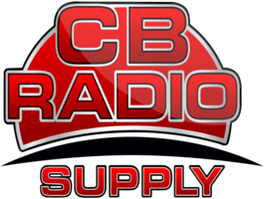CB Radios Around the Globe
CB Radios Around the Globe
While Citizens Band has been around for more than half a century in the U.S., such is not the case with other countries. In fact, many of them didn’t incorporate the concept of CBs, or their versions of it, until they become popular in the late 60s and early 70s.
Our Friend to the North
Canada was the first to embrace this technology in 1962 with the creation of the General Radio Service. Originally, the first three channels remained available to amateur radio users while channel 23 was allocated to paging services. By the mid-70s, at the height of the U.S. CB radio craze, all the frequencies were available for use under the GRS. Today, the U.S. and Canada operate off identical frequencies and channels.
Our Friends Across the Pond
While CBs were used in the United Kingdom as early as 1972 for commercial operations, they were considered illegal for personal use. They became popular in the mid-70s thanks to the song “Convoy” and the movie of the same name. Though the British government said they would never legalize its use, high-profile protests changed their minds. They legalized the use of CBs in 1981 on FM and a group of 27 MHz frequencies different than those in the U.S. By the late 80s, the UK added the 40 frequencies used across the globe.
Our Australian Friends
Like their British siblings, Australia adopted CBs in late 70s. This allowed for the import and sale of American and Japanese sets. Like the U.S., the Australian government tried to regulate license fees and call signs. However, this was eventually abandoned as it was in America.
Competing Technologies
Though other technologies have moved into the world of two-way communications, CBs are still used in all these countries at some level. In the UK, radios are used in farming communities where cellular service is sparse. Canadian truckers still use CBs like their U.S. cousins.
Will the CB ever go away? Not as long as two-way communication is needed across the globe.
